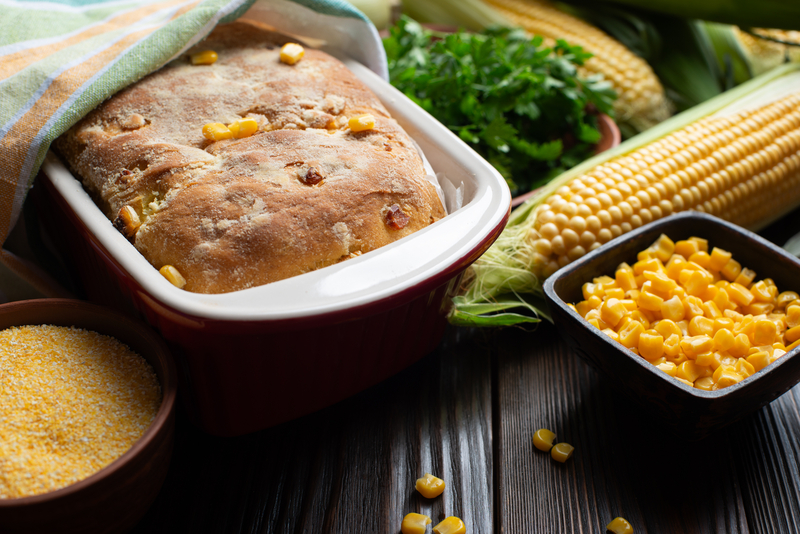 Baking is not only a culinary art but also a science.
Baking is not only a culinary art but also a science.
The choice of bakeware can significantly impact the outcome of your baked goods.
Among the various materials used for baking dishes, ceramic has gained popularity for its aesthetic appeal and even heat distribution.
In this article, we will explore whether ceramic dishes are good for baking, considering their advantages and potential drawbacks.
Advantages of Using Ceramic Baking Dishes
- Even Heat Distribution
One of the key advantages of using ceramic baking dishes is their ability to distribute heat evenly.
Ceramic has excellent heat retention properties, ensuring that your baked goods cook uniformly.
This uniformity is crucial for achieving consistent results, whether you’re baking bread, casseroles, or desserts.
- Attractive Presentation
Ceramic bakeware is known for its charming and rustic appearance.
The beautiful, earthy colors and textures of ceramic dishes can enhance the presentation of your dishes, making them ideal for serving directly from the oven to the table.
These dishes add a touch of elegance to your dining experience.
- Versatility
Ceramic baking dishes come in various shapes and sizes, making them suitable for a wide range of recipes.
You can find ceramic pie dishes, baking pans, casseroles, and ramekins.
This versatility allows you to explore different cooking techniques and experiment with various dishes.
- Easy to Clean
Cleaning ceramic baking dishes is a breeze.
Most ceramic bakeware is dishwasher safe, but even if you prefer hand washing, the smooth glaze of ceramic makes it relatively easy to remove baked-on residue.
This convenience can save you time in the kitchen.
Potential Drawbacks of Using Ceramic Baking Dishes

- Fragility
While ceramic dishes are beautiful and functional, they are also delicate.
They can crack or chip if mishandled, and extreme temperature changes can cause them to break.
Careful handling and avoiding drastic temperature shifts are essential to prolong their lifespan.
- Longer Preheating
Ceramic dishes may require a longer preheating time compared to metal pans.
This extra time is needed to ensure that the dish reaches the desired temperature evenly.
While this may not be a significant issue for most home bakers, it’s worth noting for time-sensitive recipes.
- Weight
Ceramic bakeware tends to be heavier than alternatives like metal or glass.
This weight can make them more challenging to handle, particularly when transferring them in and out of the oven.
It’s important to use proper oven mitts or gloves to prevent accidents.
A Premium Quality Ceramic Oval Baking Dish
The Staub Ceramics Oval Baking Dish Set in a pristine white finish is a versatile and stylish addition to your kitchenware collection.
Crafted with precision and care, these baking dishes are designed to elevate your culinary creations while offering practical functionality.
Whether you’re baking savory casseroles or decadent desserts, this 2-piece set will quickly become your go-to choice for both cooking and serving.
The Staub Ceramics Oval Baking Dish Set offers a premium baking experience with its quality ceramic construction, elegant design, versatility, and easy maintenance.
Whether you’re a seasoned chef or a home cook, these baking dishes will become an essential part of your kitchen arsenal, elevating your culinary creations and enhancing your dining table’s aesthetics.
Bottom Line – Are Ceramic Dishes Good for Baking?
 Ceramic baking dishes offer several advantages, such as even heat distribution, an attractive presentation, versatility, and easy cleaning.
Ceramic baking dishes offer several advantages, such as even heat distribution, an attractive presentation, versatility, and easy cleaning.
However, they do have some drawbacks, including fragility, longer preheating times, and weight.
Whether ceramic dishes are good for baking depends on your preferences and cooking style.
If you value aesthetics and even cooking, ceramic may be an excellent choice for your kitchen.
Just be sure to handle them with care and consider the specific requirements of your recipes to achieve the best results.


